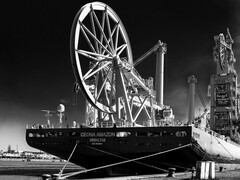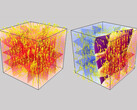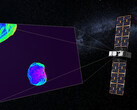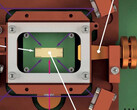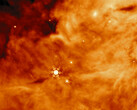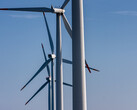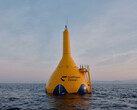A new submarine cable is soon to be laid from Lisbon into the Atlantic, covering a total distance of 3,700 kilometers (2,300 miles) to the American coast. In contrast to the existing strands of fiber optic cable, additional sensors are to be installed every 70 kilometers (45 miles).
This will increase the cost of the cable by less than 20 percent, while equipping it with measuring instruments solves a whole range of problems. For example, the sensors are in a fixed location, receive permanent power and, unsurprisingly, have a direct data line.
This enables researchers to obtain measurement data reliably, over long periods of time and from a region that is difficult to access.
At the same time, it opens up completely new possibilities for detecting tsunamis, for example. If tremors are registered directly at the epicenter, it is possible to warn of monster waves 30 minutes earlier, for example.
The seabed also holds much more information, which can be skimmed off very well with stationary measurements over a long period of time. Temperature and pressure sensors can be used to record the warming of the world's oceans. Changes in ocean currents and sea levels can be measured directly.
These in turn are responsible for transporting the heat on the sea surface to the seabed. CO2 is also stored in this way and distributed in the vastness of the oceans. Understanding how quickly and in which directions the distribution takes place should improve our understanding of processes in the atmosphere and in the oceans.
With hundreds of thousands of kilometers (or miles) of submarine cables that need to be replaced from time to time, there is still plenty of room for sensors and measurements. Better protection against tsunamis and an understanding of ocean currents should be worth the money.




